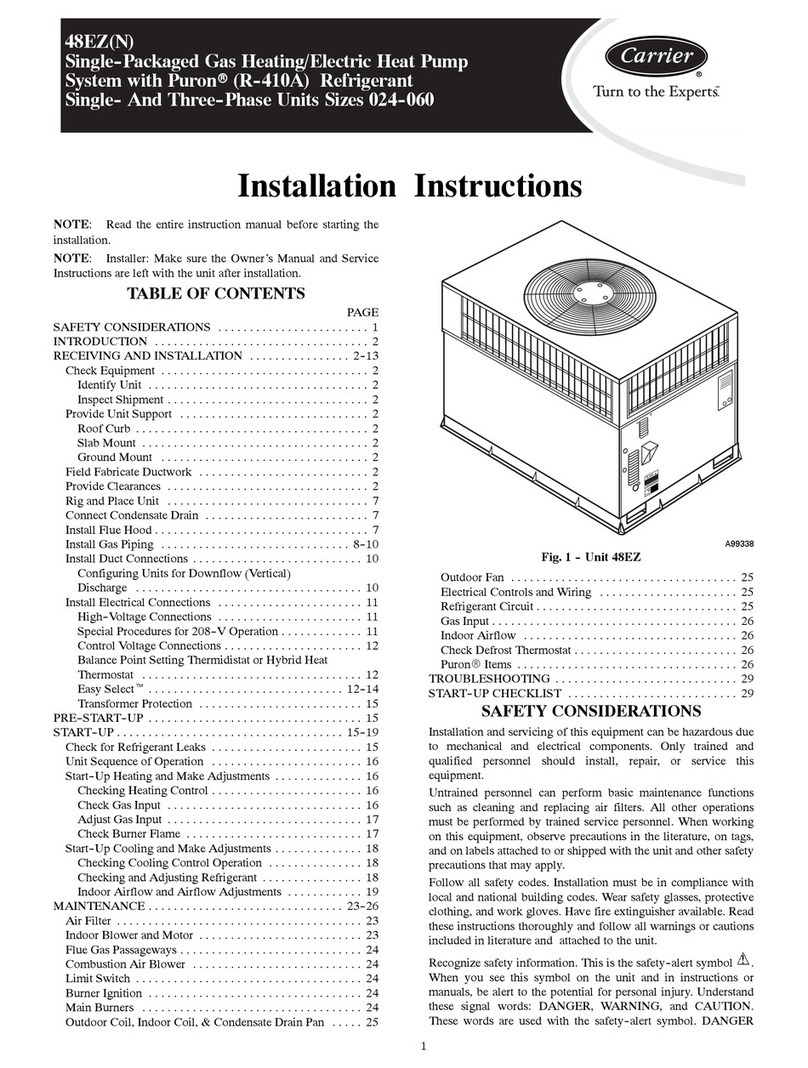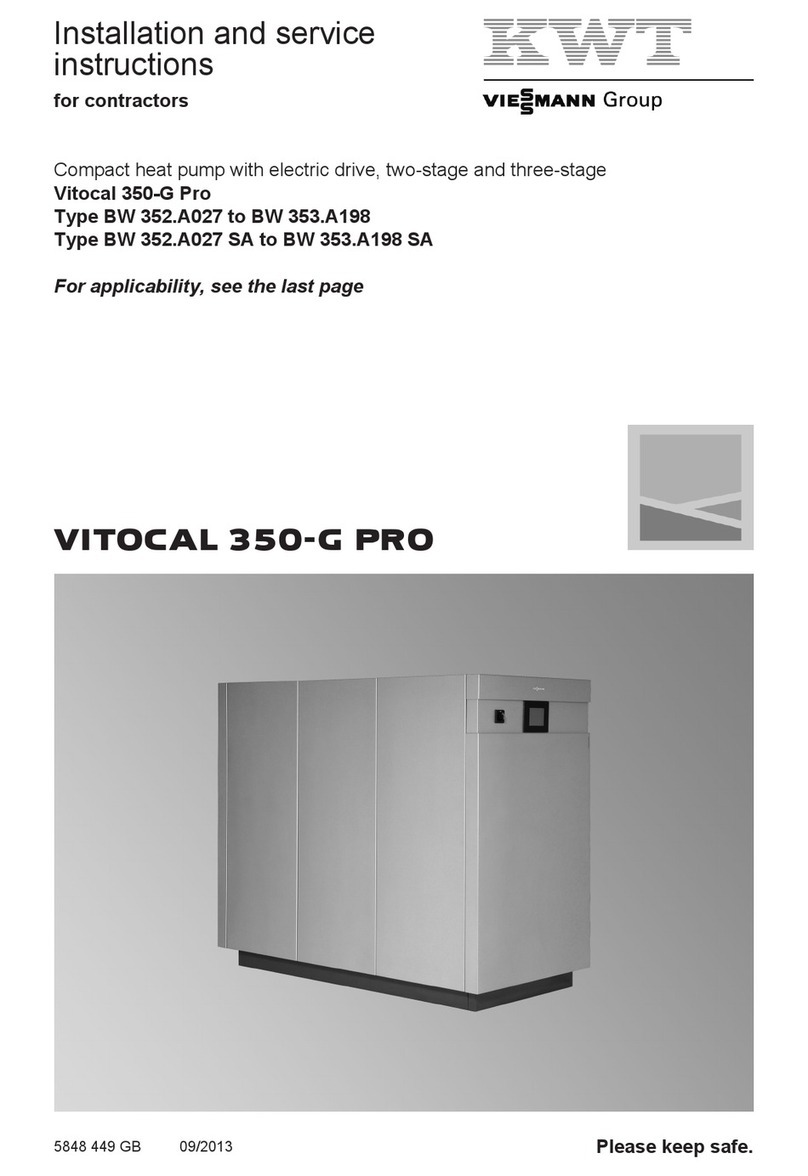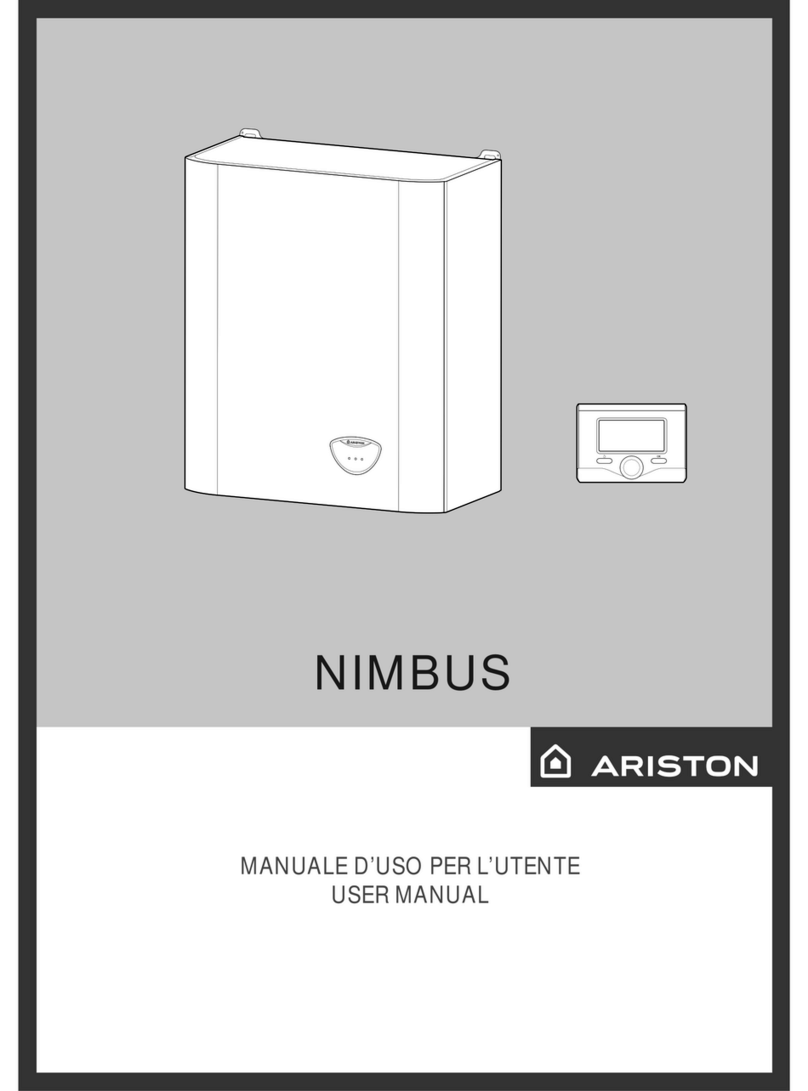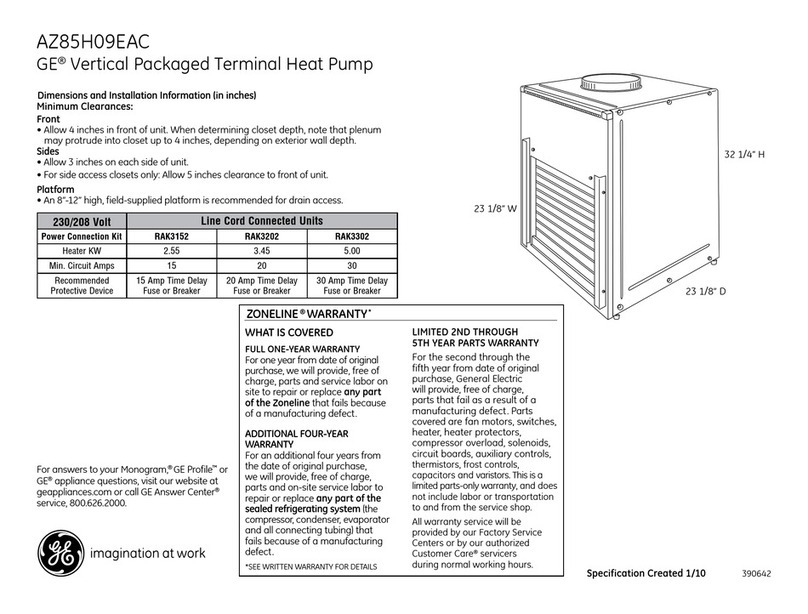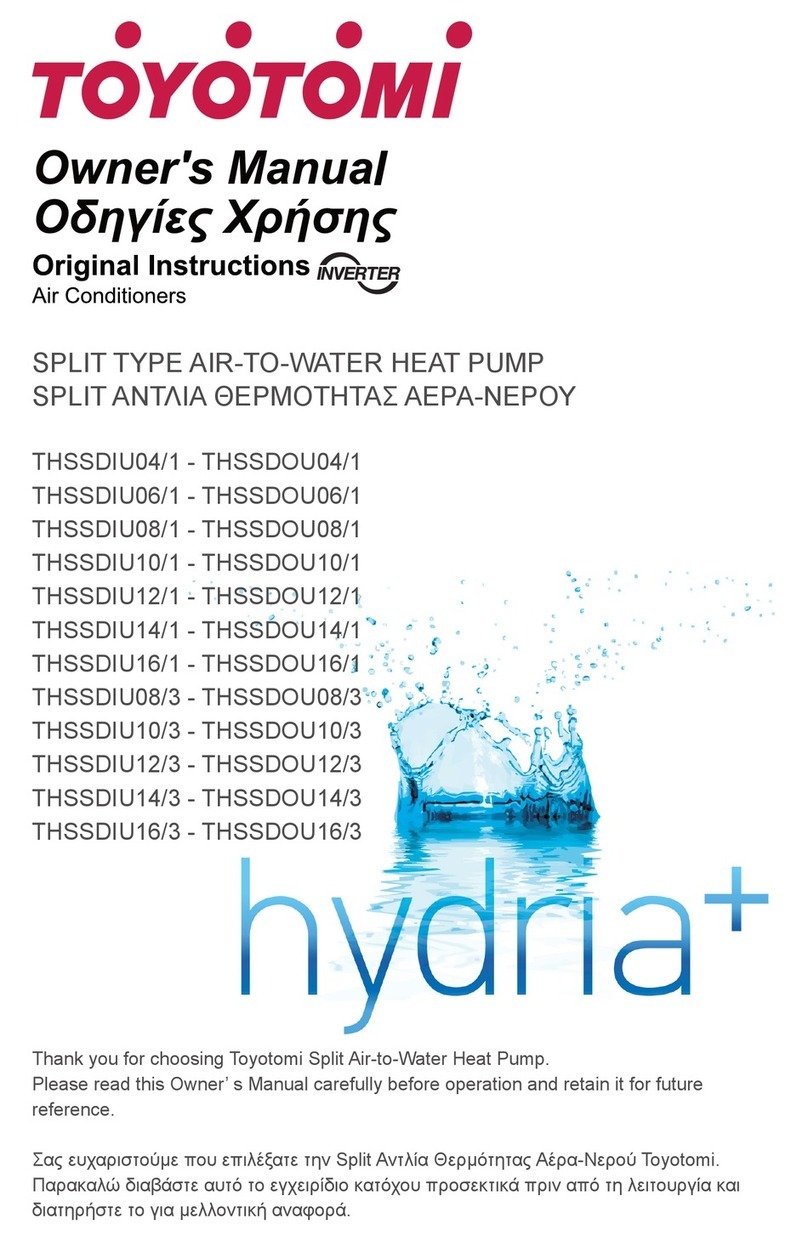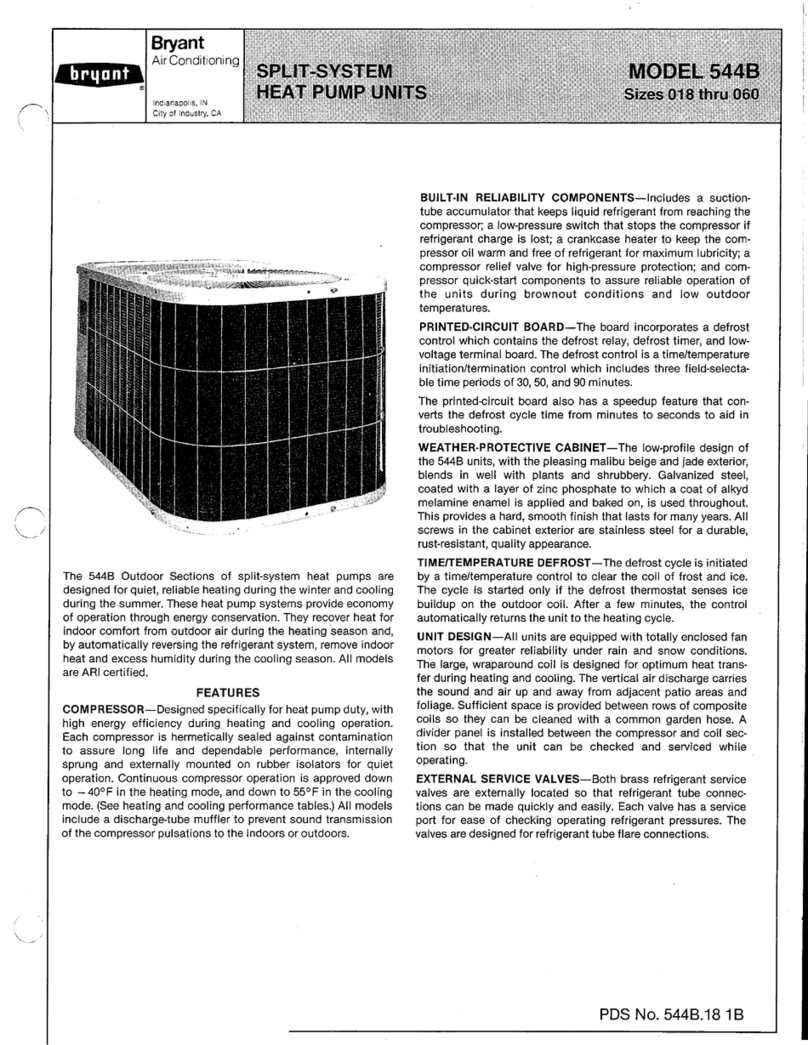CONTENTS
PRODUCT ..................................................................................................................
1 MODELS LIST .......................................................................................................................
1.1 Outdoor Unit .................................................................................................................................................
1.2 Indoor Unit....................................................................................................................................................
2 NOMENCLATURE ...............................................................................................................
2.1 Nomenclature of Outdoor Unit ....................................................................................................................
2.2 Nomenclature of indoor unit .......................................................................................................................
3 FUNCTION .............................................................................................................................
4 PRODUCT DATA ..................................................................................................................
4.1 Product data of outdoor............................................................................................................................
4.2 Product data of indoor.................................................................................................................................
4.3 Working Temperature Range.....................................................................................................................
5 PIPING DIAGRAM ..............................................................................................................
CONTROL ................................................................................................................
1 OPERATION FLOWCHART ...............................................................................................
1.1 Cooling/Dehumidfying Operation ..............................................................................................................
1.2 Heating Operation......................................................................................................................................
2 MAIN LOGIC........................................................................................................................
2.1 Control Function of Outdoor Unit............................................................................................................
2.2 Protection Function .....................................................................................................................................
2.3 Control Function of Indoor Unit.................................................................................................................
3 REMOTE CONTROLLER ...................................................................................................
3.1 Wired Remote Controller ...........................................................................................................................
3.2 Wireless Remote Controller........................................................................................................................
INSTALLATION ......................................................................................................
1 PRECAUTIONS FOR INSTALLATION ...........................................................................
1.1 Precautions for Installation ........................................................................................................................
1.2 Key Points of Installation ............................................................................................................................
2 FLOW CHART OF INSTALLATION.................................................................................
3 OUTDOOR UNIT INSTALLATION...................................................................................
3.1 Before Installation ........................................................................................................................................
3.2 Installation Site.............................................................................................................................................
3.3 Caution for Installation................................................................................................................................
3.4 Dimension Data ...........................................................................................................................................
3.5 Installation Clearance Data.........................................................................................................................
4 INDOOR UNIT INSTALLATION........................................................................................
4.1 Installation of Duct Type..............................................................................................................................
4.2 Installation of Cassette Type........................................................................................................................
4.3 Installation of Floor Ceiling Type ...............................................................................................................
5 REFRIGERATION PIPING WORK ...................................................................................
5.1 Connection between Indoor and Outdoor Units........................................................................................
5.2 Refrigerant Charging and Trial Running .................................................................................................







